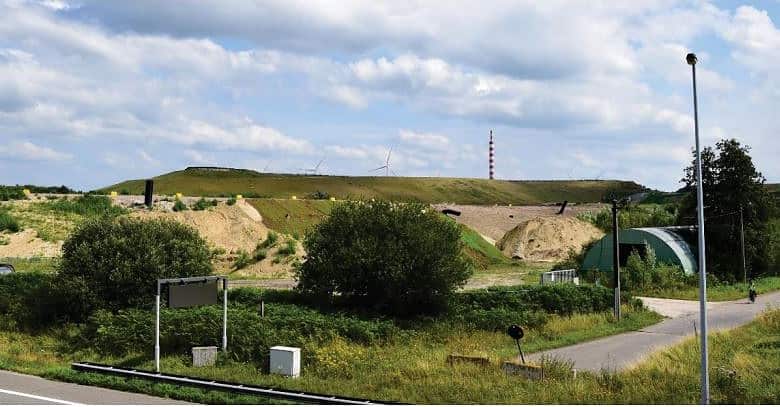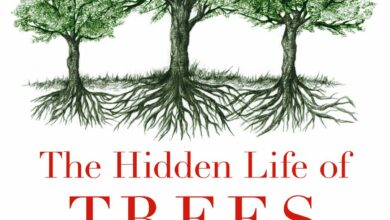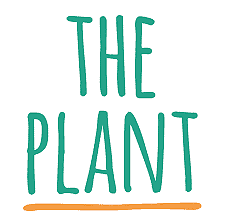
We talk a lot today about fossil fuels becoming scarce but did you know that Phosphorus may unfortunately become a bigger problem?
In the graph below, the top line shows what our phosphorus need will be in the coming years if we do not take drastic action and optimize our use/reuse what is out there.


But what exactly is phosphorus and why is it so important?
Phosphorus is an essential part of our own DNA but at the same time essential for all living things and all plants. Therefore, it is also an important component of fertilizers. And just about everu “fertilizers” contain phosphorus. With our intensive agricultural cultivation, the soil is being depleted. When harvesting, part of the absorbed nutrition is always withdrawn from the system. The soil itself is relatively slow to recover from this disturbance. Adding fertilizers are then a must to still grow food on a large scale.
The phosphorus deficiency? The end of the industrial revolution.
According to some sources , yes. These predictions date from a long time ago but are proving more relevant today than ever. According to the worldometer ‘living statistics clock, there are more than 8 billion of us today. The latest predictions speak of some 9.7 billion people in 2050. That’s not counting economic growth in new regions. But that’s not counting economic growth in Africa or China or biofuels, all of which also use phosphorus. On average, every adult needs about 3 grams of phosphorus per day.
Dependence on China
Today, 75% of ore reserves are in Morocco and Western Sahara, although China accounts for the largest annual production. However, opportunities are limited. This study predicts that China too will very soon find it difficult to mine phosphorus. Which will also backfire on our food production.

What can we do?
Unfortunately, unlike renewable energy, for example, scientists do not yet have a solution for this. It shows once again that different ways of looking at food production is not a “luxury.
When fertilizing with phosphorus, at a 100% dose, only about 15% goes to the plant. Unfortunately, the rest is not absorbed but disappears through the ground into our groundwater. The effect is blue algae growth and pollution of our groundwater. This while phosphorus will become incredibly scarce or, in fact, it already is. These nutrients are also essential in hydroponics and aquaponics.
The use of mycorrhiza would be a possible solution there but so far that is not yet allowed in Belgium according to my sources at Biosolutions.
With combined efforts…
In the US, the Sustainable Phosphorus Alliance is joining forces to map the complexities and explore opportunities to be more “sustainable” in the use of phosphorus and especially in terms of environmental impact.
These two researchers mapped the flow of phosphorus use in Ireland to explore where there could be potential “savings. They created some scenarios to spark discussions. Other agencies such as DONUTTS (Data on Nutrients to Support Stewardship) are also investigating what data is becoming important to further map usage.
The EU also states that Phosphorus is essential for the safety of our food production.
Hardly any raw phosphorus is available in Europe, except for a very small amount in Finland. Therefore, almost all phosphorus in Europe must come from outside Europe. Increasing prosperity in Africa, Latin America and Asia and an ever-growing world population are increasing the demand for phosphorus. Europe’s dependence on raw phosphorus from outside Europe threatens our access and future food security.
The European Sustainable Phosphor program is joining forces here. Because of Covid-19, the sence of urgency to adress the matter might have overshadowd this topic. But nevertheless… For those who still doubt the sence of urgency…
Belgium has its own mini phosphorus story.
Thanks to Pieter Guderbeke who went in search of the origins of these landscape elements in Zelzate, Ghent. There, after years, they are still looking for ways to combat this historic phosphorus pollution. Obviously, no one wants such an open pit mine in their backyard. So in addition to a potential reduction, limiting use is also guaranteed to be a win win for the environment.
Download his research report here.

Other useful links
https://www.frontiersin.org/articles/10.3389/fpls.2021.679916/full
https://www.nature.com/articles/s41467-020-18326-7
Er is hoop
Kijk zeker naar deze webinars want je kan zonder mestoffen als we anders gaan boeren.



